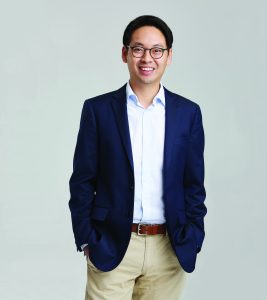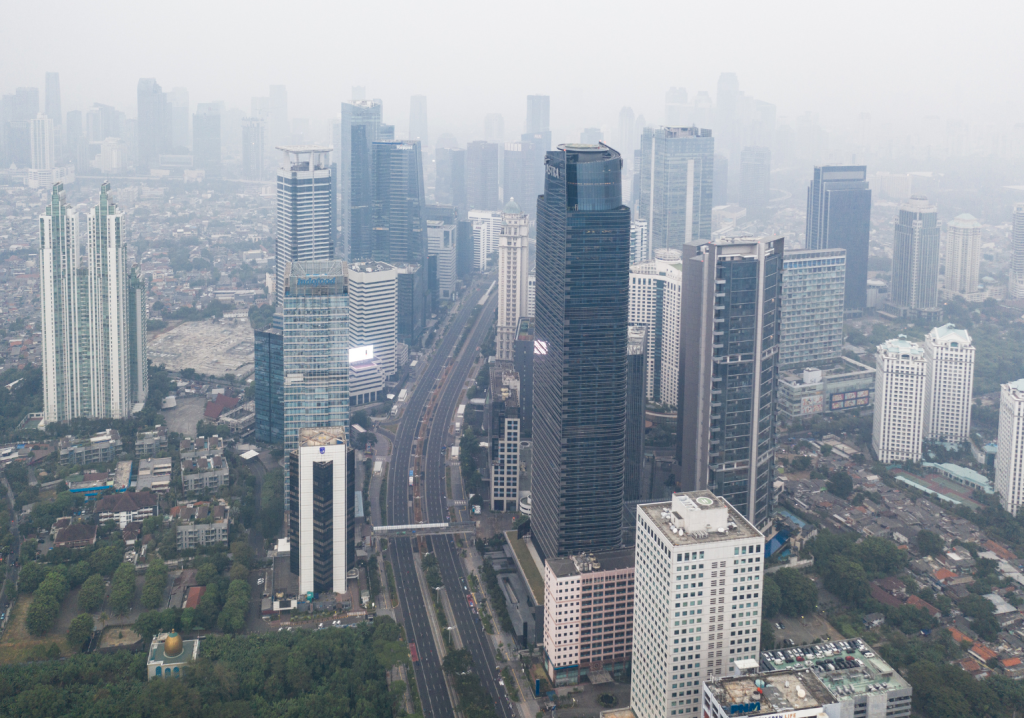When Harry Sunarko decided he wanted to make a direct impact on the environment around him, he pursued a career in coastal engineering.
Harry Sunarko CPEng EngExec FIEAust grew up in Jakarta, and the city’s pervasive air and water pollution left a deep impression.
When he moved to Australia, his concern for sustainability came with him, inspiring him to study a double degree at the University of Melbourne, where he combined civil engineering with environmental science.

While at university, Sunarko was taught by inspirational lecturers who sparked his interest in coastal engineering and oceanography. When it came time to pursue this interest, Sunarko found himself at a crossroads: was his future in science or engineering?
“I found that on the engineering side, you were involved in making decisions to make a change or to prevent damage in the first place,” Sunarko, who is Lead, Port and Marine Engineering at Fortescue Energy, told create.
“As an engineer, you have more influence and control in how you design and mitigate risks and make something that is sustainable.”
The ability to have a direct positive influence on the world around him was appealing, and today he leads Fortescue Energy’s port and marine engineering team, where he focuses on building marine infrastructure for green hydrogen.
“In the hydrogen industry, from the power generation team through to getting the product to the customer, the port is one of the key value chain nodes,” he explained.
“We want to make sure that the infrastructure that we build is safe, efficient and reliable, to be able to deliver the product to the customers.”
That hydrogen can take the form of ammonia, for instance, or sustainable aviation fuels, but it is all produced using renewable energy sources, such as solar or wind. Uses include marine fuel, power generation and more.
“Understanding the risks associated with hydrogen is very, very important,” Sunarko said.
“When we turn it into ammonia – ammonia is less flammable, but it is toxic, so there’s a different risk profile that we have to be mindful of.”
Transformative impact
Sunarko is a Chartered engineer and he believes the qualification provides a pathway to success for engineers.
“We’re very fortunate that we have the Chartership process and with that the competency standards,” he explained.
“Even if you don’t want to get Chartered, use it for your professional development, because it lays out all the experiences and skills that you need to collect throughout your early career, helping you to be a well-rounded engineer by the end of it.”
The process of obtaining Chartership transformed him as an engineer.
“The way you think, the way you work changes once you’ve been exposed to the different elements in the competency standards,” Sunarko said.
Tips for success
He had the following advice for fellow engineers:
- Use the Chartered framework to structure your professional development.
- Be patient. Tour opportunities will come, and be ready to step outside of your comfort zone.
- Engineering is a team sport. To get the best outcomes, you have to work with people from different backgrounds and with different skills.
